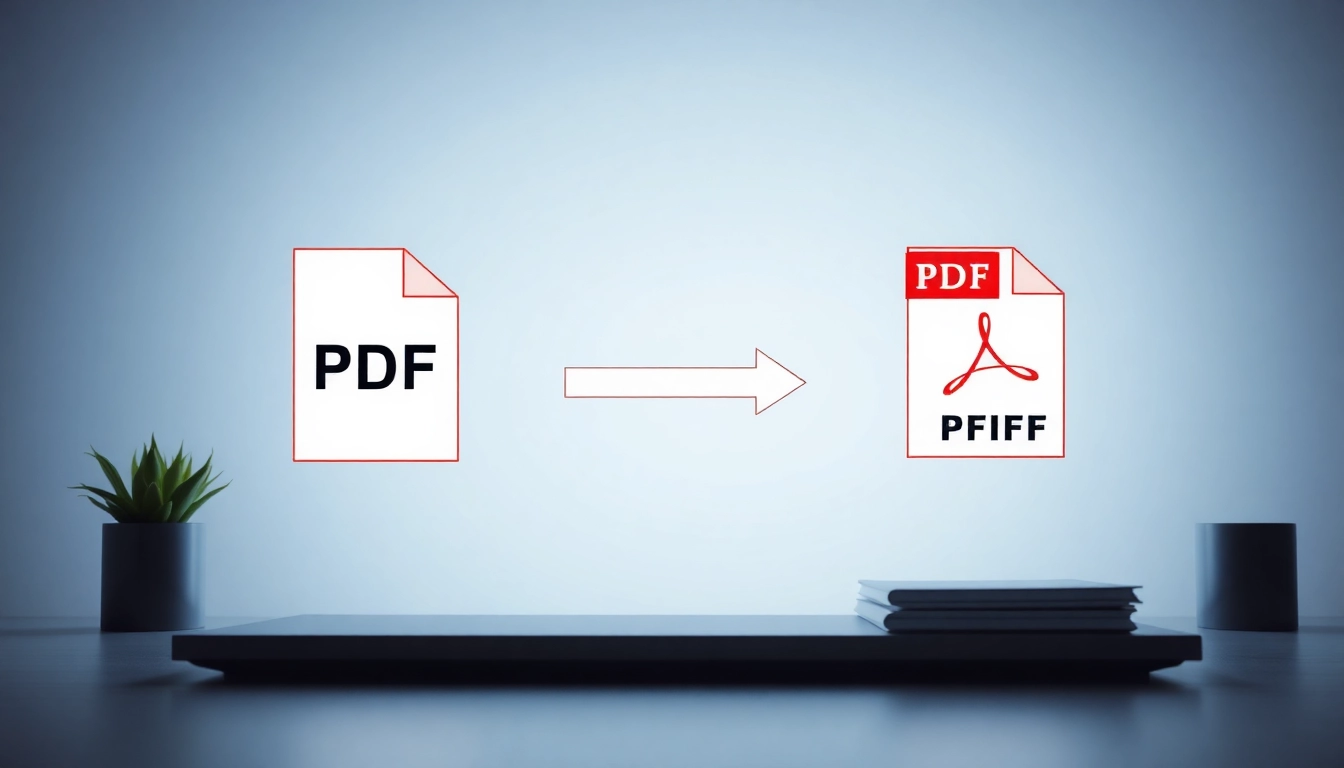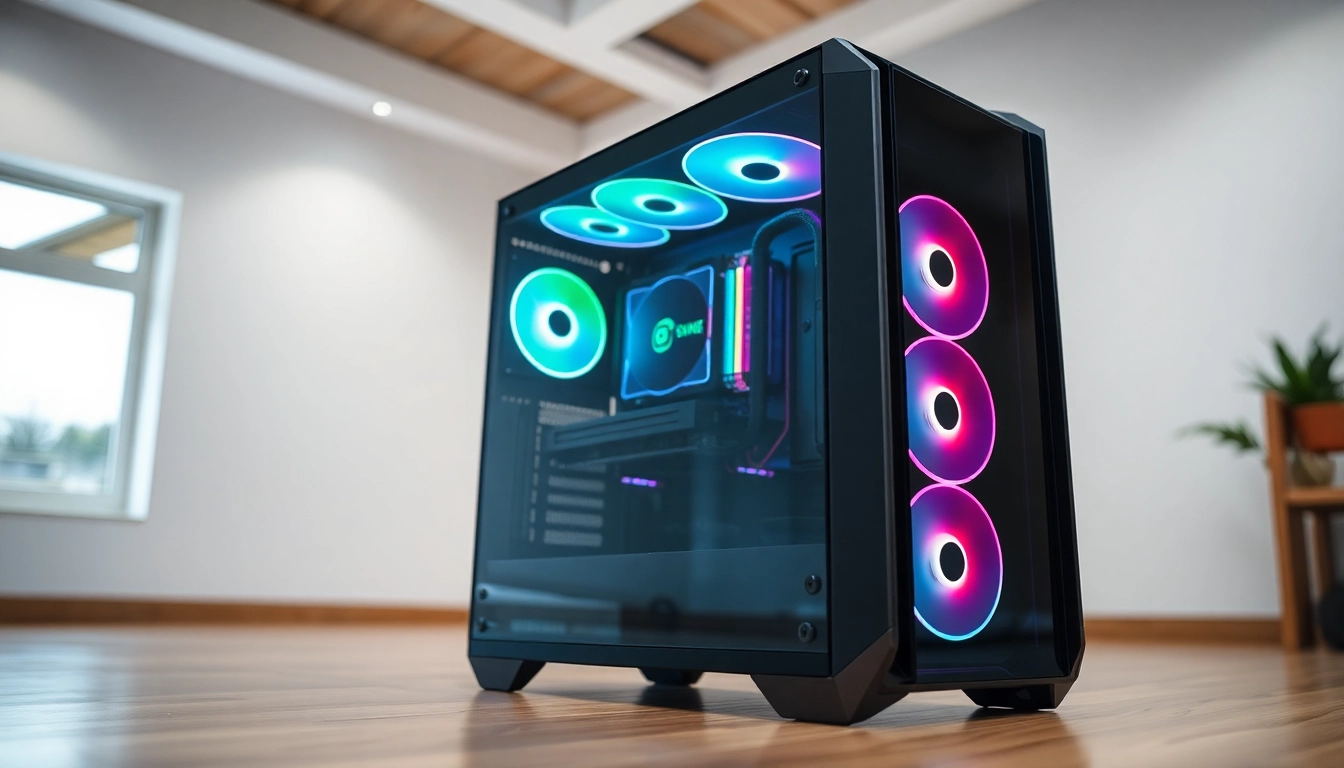Understanding Thermal Management Materials
In the realm of electronics and machinery, thermal management materials play a critical role in maintaining optimal temperatures, preventing overheating, and ensuring efficiency. These materials include a diverse range of products specifically designed to dissipate heat effectively, manage thermal resistance, and enhance overall performance in electronic assemblies. As technology advances and devices become more compact and powerful, the need for efficient thermal management solutions is becoming increasingly vital.
What Are Thermal Management Materials?
Thermal management materials refer to a category of products that facilitate the transfer and dissipation of heat in various applications, particularly within electronics. These materials often serve as a thermal interface between heat-generating components and heat sinks or other cooling solutions. They help reduce the thermal resistance that can lead to damage or performance issues in electronic devices.
Common types of thermal management materials include thermal interface materials (TIMs), thermal greases, gap fillers, phase change materials, and thermal pads. Each type serves a unique purpose based on its specific composition and properties, tailoring solutions to the specific thermal management needs of various applications.
Types of Thermal Management Materials
Understanding the variety of thermal management materials is crucial for selecting the right solution for a specific application. Here is an overview of the most common types:
- Thermal Interface Materials (TIMs): These materials enhance thermal conductive contact between surfaces and often come in various forms such as grease, pads, or phase change materials. They are essential in minimizing thermal resistance.
- Thermal Greases: These consist of a blend of oil and thermally conductive fillers. They are commonly used in applications that require a high level of thermal conductivity.
- Gap Fillers: These soft materials conform to the surfaces they contact, effectively filling air gaps and increasing the thermal transfer efficiency between components.
- Phase Change Materials: Designed to absorb and release heat, phase change materials can significantly improve heat dissipation when used in conjunction with electronic components.
- Thermal Pads: These are solid thermal interface materials that offer good conductivity and are easy to apply. They are often used in consumer electronics.
Importance in Electronics
Effective thermal management is not just a performance enhancer; it’s a necessity for ensuring the longevity and reliability of electronic devices. Without appropriate thermal management, heat generated by densely packed components can lead to premature failures and decreased efficiency. The increasing power densities of modern electronics make this aspect even more critical.
Proper thermal management can also help manufacturers meet stringent industry standards and regulations related to electronics safety. For instance, overheating can trigger safety systems in devices leading to failures, while inadequate thermal management can pose a fire hazard. Therefore, selecting the correct thermal management material is essential not only for performance but also for compliance and safety.
Key Applications of Thermal Management Materials
Electronics and Heat Dissipation
The electronics sector is the largest consumer of thermal management materials. As devices become smaller and more powerful, the challenges of heat dissipation intensify. Thermal interface materials are integral in modern electronics, where proper management of heat generated from chips, processors, and other components is vital.
For example, in high-performance computing applications, materials like TIMs can significantly reduce junction temperatures in CPUs and GPUs, enhancing performance and extending device life. Devices such as smartphones, laptops, and tablets increasingly rely on these solutions to ensure functionality without overheating.
Industrial Applications and Solutions
Beyond consumer electronics, thermal management materials find applications in various industrial sectors including manufacturing, LED lighting, and renewable energy sectors such as solar panels. In industrial machinery, effective heat management can enhance efficiency and extend the lifecycle of equipment.
Thermal pads, gap fillers, and TIMs are extensively used in manufacturing settings to manage heat generated by motors, drives, and other heavy machinery, which helps in maintaining operational efficiency and minimizing failures due to overheating.
Automotive and Aerospace Uses
Automotive and aerospace applications increasingly demand advanced thermal management materials to cope with the high temperatures associated with modern engines and electronic systems. Thermal interface materials ensure that vital components remain cool, thereby improving performance and safety.
In electric vehicles (EVs), thermal management is critical for battery life and performance. Specialized materials are used to maintain optimal battery temperatures, which can enhance both efficiency and safety during operation. Similarly, in aerospace, where weight and reliability are paramount, lightweight thermal management materials are employed to ensure safety and performance of avionics and other components.
Choosing the Right Thermal Management Material
Factors to Consider Decision Making
When selecting thermal management materials, several factors need to be considered, including thermal conductivity, thermal interface thickness, application temperature range, and reliability under mechanical stress. Each application may have different requirements, and a deep understanding of these factors will lead to informed choices.
The interface material must have optimized thermal conductivity paired with suitable mechanical properties to withstand stress and maintain effectiveness over time. Additionally, environmental factors, such as humidity and temperature fluctuations, can impact the performance of thermal materials, thus requiring thorough analysis and testing.
Comparing Material Properties
| Material Type | Thermal Conductivity (W/mK) | Application Temperature Range (°C) | Typical Uses |
|---|---|---|---|
| Thermal Grease | 1 to 10 | -40 to 150 | Processors, GPU cooling |
| Gap Filler | 3 to 6 | -60 to 200 | LEDs, power devices |
| Phase Change Material | 5 to 15 | -40 to 120 | High-end computing |
| Thermal Pads | 1 to 4 | -50 to 200 | Consumer electronics, automotive |
Cost-Effectiveness vs. Performance
While it may be tempting to choose the cheapest option available, the long-term implications of performance and reliability must be a primary focus. A cost-effective thermal management solution may result in increased failures, necessitating replacements or repairs that can quickly erode any financial savings.
Conversely, investing in high-quality thermal materials can yield substantial benefits in efficiency, reliability, and safety. The key is to achieve a balance between expense and expected performance. Companies should consider not only the upfront cost but also factors such as lifecycle costs, performance under various conditions, and overall impact on product reliability.
Installation Best Practices for Thermal Management Materials
Preparing Surfaces for Application
Proper surface preparation is critical for ensuring optimal performance of thermal management materials. Surfaces should be clean, dry, and free from any contaminants such as oils, dust, or oxides. A clean surface improves the contact area between materials, thereby enhancing thermal conductivity.
Utilizing an appropriate cleaning solution or solvent can help to eliminate residues and improve adhesion. In certain applications, roughening the surface slightly may help promote better adherence of pads or TIMs, maximizing thermal transfer efficiency.
Avoiding Common Pitfalls
Inadequate application can lead to failure in thermal management. Common pitfalls include applying too much or too little material, inadequate coverage, and failing to allow phase change materials to fully reset within their designated operational temperatures.
Precise application thickness, as per the manufacturer’s guidelines, is essential to ensure that thermal interface materials provide ideal thermal conductivity without introducing air gaps or voids. It’s also crucial to follow best practices during the installation process to ensure system reliability and functionality.
Maintenance Tips for Longevity
To ensure the longevity and efficacy of thermal management materials, regular maintenance and inspections are recommended. Over time, thermal materials can degrade due to thermal cycling and environmental exposure, impacting their effectiveness.
Routine checking of systems for heat management efficiency can help to identify issues early on, allowing for preventative maintenance that can mitigate severe failures. When performing maintenance, it is vital to replace any degraded thermal materials promptly and ensure that surfaces are clean before applying new materials.
Future Trends in Thermal Management Materials
Advanced Materials in Development
Research and development in thermal management materials continue to evolve. Innovations such as nanocomposites and enhanced phase change materials are being explored to achieve higher thermal conductivities while maintaining low weights and improving overall performance.
Additionally, smart materials equipped with sensors are being developed to monitor thermal performance in real-time, providing data that can lead to enhanced thermal management strategies. These advancements will pave the way for even more efficient and responsive thermal materials in future applications.
Emerging Technologies and Innovation
The integration of emerging technologies, including artificial intelligence and machine learning, into thermal management systems is anticipated to streamline applications and improve performance outcomes. These technologies can help optimize the operation and application of thermal materials, leveraging data to adapt to changing conditions dynamically.
Moreover, environmentally friendly materials are expected to gain traction, with manufacturers seeking sustainable alternatives to traditional thermal management solutions. Green materials that offer effective thermal control without harmful substances are on the rise, aligning with global sustainability initiatives.
Predictions for Market Growth
As technology continues to evolve and societal demands for high-performance electronics increase, the market for thermal management materials is projected to witness robust growth. Research indicates that the global market for thermal management materials is anticipated to expand significantly, driven by sectors such as automotive, aerospace, and consumer electronics.
Furthermore, as industries increasingly recognize the importance of thermal management in enhancing operational efficiency and extending product lifecycles, investments in advanced thermal solutions are expected to surge, propelling innovation and expanding application areas.


